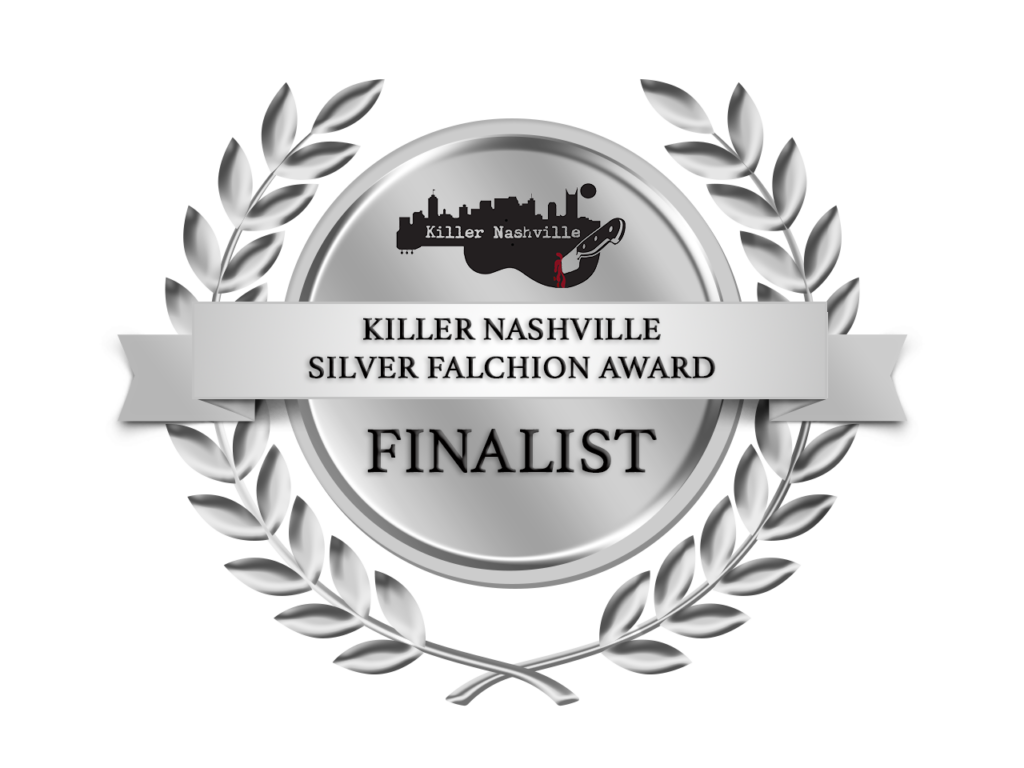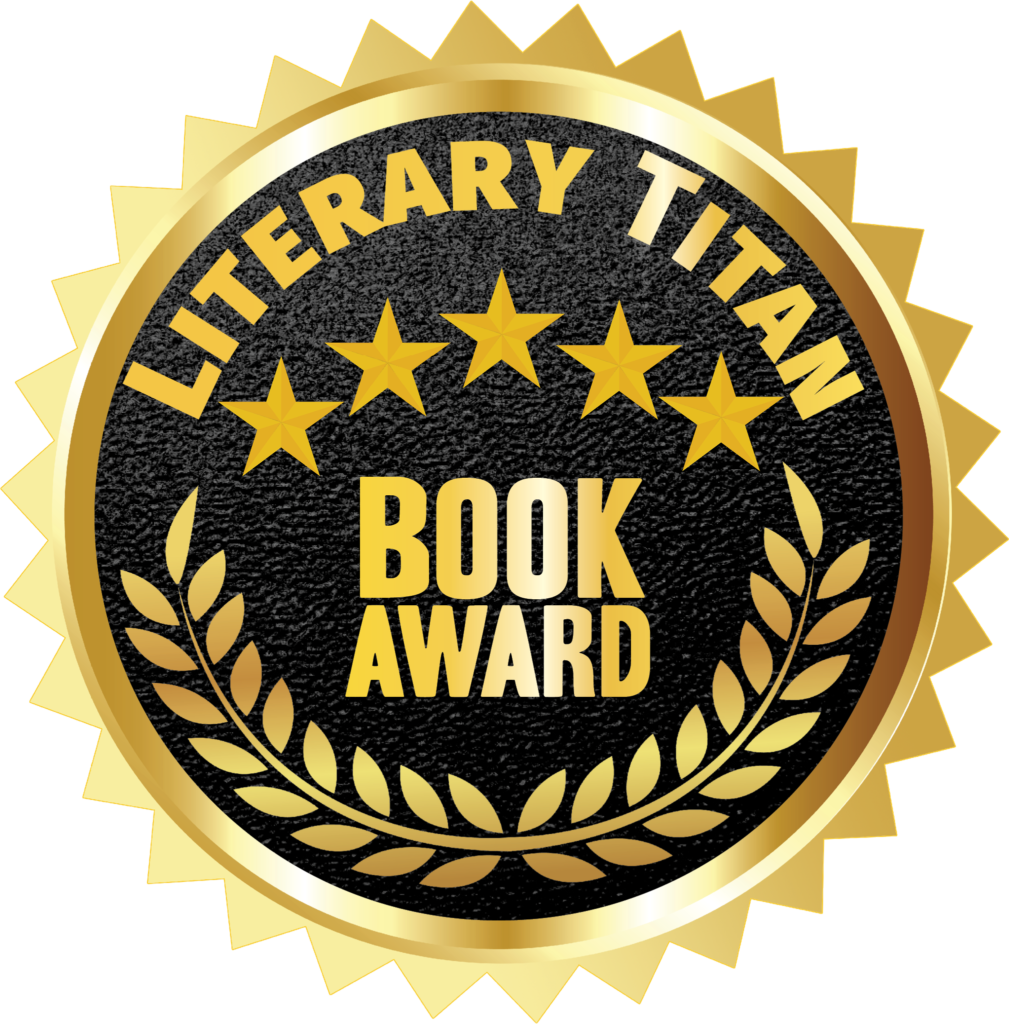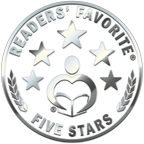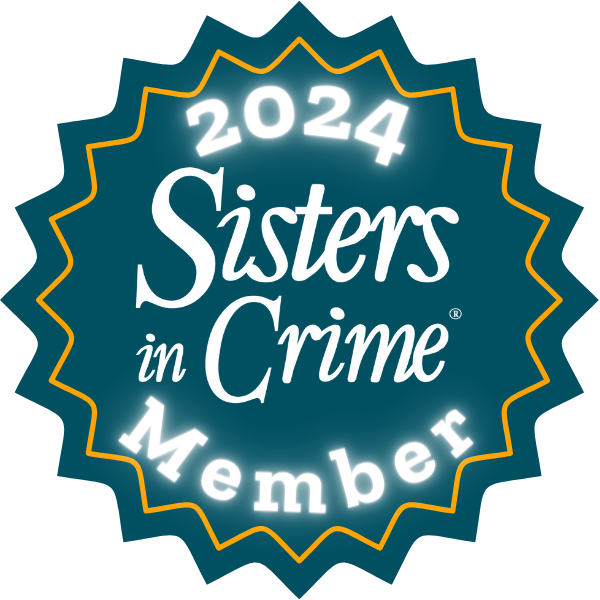Seeing as it’s prime vacation season, I figured, why not take Fun Fact Fridays on the road? 😉 For the month of July, we’re touring a historical archive where fantastical beings and things that go bump in the night lurk. Today’s subject? Witches.

We’ve all heard stories of Salem, of curses, and of medieval witches (who may or may not have been turning people into newts). Sometimes it seems like “witch” is just shorthand for anyone who lived on the edges of society or practiced unusual science–especially if they happened to be an unmarried woman. But then, sometimes, you come across a historic “witchy” text . . .


. . . And then you understand why people might have been scared! Some aspects of witchcraft definitely stray into the realm of the monstrous. In my personal opinion, these sorts of text often fall into one of three categories:
- Someone who feared witches (e.g., an “expert” from a non-witchy church) writing to scare other people into fearing them, too (or to make a good story)
- Someone purposefully being shocking and counter-culture, maybe because they believe it, but also because they enjoy the attention (looking at you, Aleister Crowley)
- Someone using words like “darkness” and “shadow magic” metaphorically, usually to refer to a process of bettering oneself by confronting one’s demons.
That third category is mostly a modern one, I must admit, though I find it interesting as well. All the images above come from a special exhibit I recently visited–how nice it is to be able to say that again! 🙂 Tune in next week for more historical spookiness.
Many thanks to the Drew University archive, and Erich Huhn and Mary Cannaday in particular! 😀






3 Pingbacks